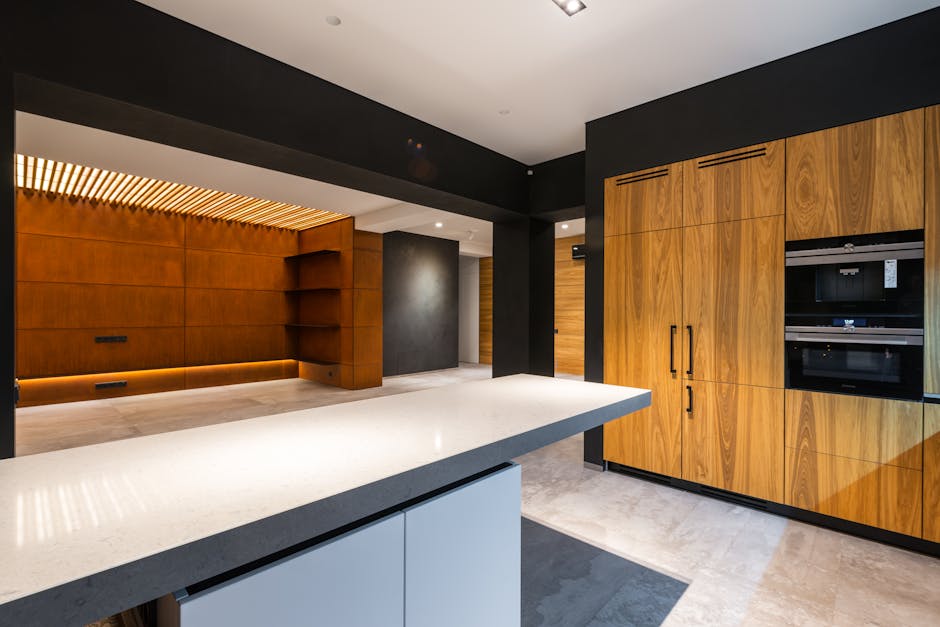Expert Tips for Choosing Quality Home Improvement Materials
Choosing the right materials for home improvement projects is a critical step that can significantly influence the durability, appearance, and overall success of your renovations. Whether you're updating a single room or tackling a full-scale remodel, selecting high-quality materials ensures that your investment stands the test of time and meets your functional and aesthetic goals.

Making informed decisions requires understanding key factors such as cost, sustainability, and material properties.
With countless options available on the market, identifying the best materials can feel challenging. From flooring to roofing, countertops to cabinetry, each component plays a pivotal role in shaping the final outcome of your project. Understanding what to look for and how to evaluate different choices can help streamline the process and prevent costly mistakes.
Understand Your Project's Requirements
Before diving into material selection, it’s essential to clearly define the scope of your project. Are you renovating a bathroom that demands moisture-resistant materials or installing durable flooring in a high-traffic area? Knowing the specific requirements of your space will guide your choices and ensure compatibility with your goals.
- Consider factors like humidity, temperature fluctuations, and exposure to wear and tear.
- Determine whether aesthetics or functionality takes priority for specific elements.
- Consult with professionals to address any structural concerns before purchasing materials.
Research Material Quality and Durability
Not all materials are created equal. Some may look appealing but fail to perform under real-world conditions. Researching material quality and checking for certifications can help you distinguish between substandard options and those built to last. Look for reviews from other homeowners or contractors who have used the same products.
For example, when choosing wood flooring, hardwood like oak or maple is more durable than softwood options such as pine. Similarly, quartz countertops often outperform laminate in terms of resistance to stains and scratches. The key is to match the material's properties with its intended use.
Set a Realistic Budget
A carefully planned budget is essential for balancing quality with affordability. While it’s tempting to cut costs by opting for cheaper materials, this often leads to higher expenses in the long run due to frequent repairs or replacements. Allocate funds wisely by prioritizing areas where quality matters most.
- Splurge on critical components like roofing materials or plumbing fixtures that need to endure significant wear and tear.
- Save on decorative items such as lighting fixtures or paint colors without compromising overall design cohesion.
- Get multiple quotes from suppliers to compare pricing and negotiate better deals.
Sustainability Matters
With growing environmental awareness, choosing eco-friendly materials is becoming increasingly popular among homeowners. Sustainable options not only reduce your environmental footprint but may also qualify for government incentives or rebates depending on your location. Look for certifications like LEED (Leadership in Energy and Environmental Design) when evaluating green materials.
Bamboo flooring, reclaimed wood, recycled glass countertops, and low-VOC (volatile organic compounds) paints are just a few examples of sustainable choices that combine style with responsibility. Additionally, energy-efficient insulation materials can improve indoor comfort while lowering utility bills over time.
Inspect Before You Invest
No matter how well-researched your options are, it’s crucial to inspect materials in person before making a purchase whenever possible. Online descriptions and photos may not accurately represent texture, color variations, or quality levels. Visiting showrooms or requesting samples allows you to get a hands-on feel for the products under consideration.
- Check for visible defects such as cracks, warping, or uneven finishes.
- Ask about warranties or return policies in case the product doesn’t meet expectations after installation.
- Test durability by asking about maintenance requirements or resistance levels against common issues like moisture or heat.
Taking the time to understand project requirements, research durability standards, set realistic budgets, prioritize sustainability, and physically inspect materials lays the foundation for successful home improvement efforts. By making informed decisions at every stage of material selection, you can achieve results that enhance both functionality and aesthetics while providing lasting value for years to come.
Emerging Trends in Home Improvement Materials
Staying informed about emerging trends in home improvement materials can provide a competitive edge when planning your renovation projects. As technology advances and consumer preferences evolve, manufacturers continue to innovate and introduce new options designed to enhance performance, aesthetics, and sustainability. Exploring these trends can help you make choices that align with both modern design sensibilities and practical needs.
One growing trend is the integration of smart materials into home design. For example, self-healing concrete is revolutionizing the construction industry by addressing issues like cracks and wear over time. Similarly, phase-changing materials used in insulation are gaining popularity for their ability to regulate indoor temperatures more efficiently, reducing energy consumption. By opting for cutting-edge materials, you can future-proof your home while benefiting from the latest advancements in building science.
Another noteworthy trend is the use of biophilic design principles, which emphasize a stronger connection to nature. Natural stone tiles, cork flooring, and living wall panels are increasingly being chosen for their organic look and feel. These materials not only promote wellness by creating a calming environment but also support sustainable practices by sourcing responsibly from nature.
Additionally, modular and prefabricated materials are becoming a game-changer for homeowners seeking convenience without sacrificing quality. Modular cabinetry or pre-cut hardwood flooring can significantly streamline installation processes while maintaining a polished final appearance. These options are especially beneficial for DIY enthusiasts or projects with tight timelines.
Hybrid materials that combine traditional aesthetics with modern performance are capturing attention in the market. For instance, composite decking mimics the beauty of wood but offers superior resistance to moisture and UV damage. Engineered quartz countertops achieve a similar balance, offering the luxurious look of natural stone with enhanced durability and easier maintenance.
By exploring these emerging trends and integrating them into your renovation plans, you can create a home that not only reflects your personal style but also leverages the best that modern technology and design have to offer.
